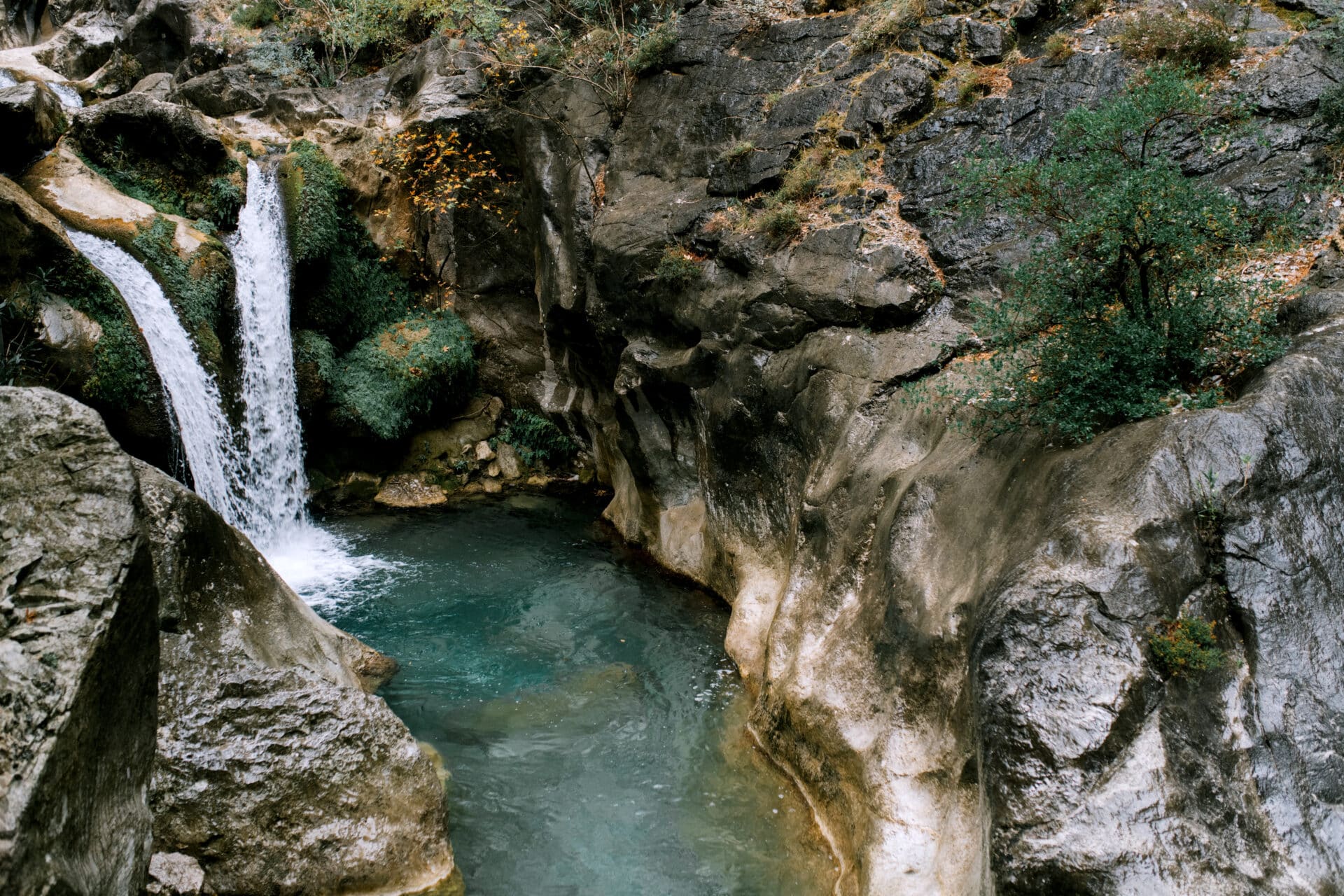Purified water and distilled water are two different types of water with distinct properties and uses. Purified water is typically treated with a variety of methods to remove impurities, while distilled water is created by boiling water and collecting the vapor. Both types of water are widely used for drinking, cooking, or other purposes, but it is important to understand the difference between them in order to make an informed decision when selecting one or the other.Purified water is water that has been treated to remove impurities such as chemicals and microorganisms. It can be produced through distillation, deionization, reverse osmosis, or other methods of purification. Purified water is commonly used in medical and scientific applications such as dialysis and laboratory work, as well as for drinking purposes.
What Is Distilled Water?
Distilled water is water that has been processed to remove impurities, minerals, and other contaminants. It is also called demineralized water or deionized water. This process involves boiling the water and then condensing the steam into a clean container. The resulting liquid is free from most contaminants and pollutants. Distilled water can be used for drinking, cooking, and other household purposes. It is also used in some medical applications and for laboratory experiments.
Distillation removes most impurities from regular tap water but it does not make it completely pure. Some chemicals may remain in the distilled water, including volatile organic compounds (VOCs) and some bacteria. The amount of these contaminants will vary depending on the source of the original tap water. Therefore, it is important to check with your local authorities to determine the quality of your tap water before using it for any purpose.
Distilled water is often preferred over regular tap water because it does not contain any minerals or chemicals that can affect taste or odor. It also has a neutral pH level which makes it suitable for drinking and cooking purposes. Additionally, distilled
Difference In Source Of Water
Water is one of the most essential elements for life and it is important to have an understanding of the different sources and types of water that are available. Surface water, such as rivers, streams, and lakes, is collected from naturally occurring bodies of water. This type of water is often used for recreational purposes and drinking water. Groundwater, on the other hand, is found beneath the surface in aquifers. This type of water can be accessed through wells or springs and it is often used for agricultural purposes.
Another difference between surface water and groundwater lies in its quality. Surface water can become polluted by runoff from agricultural activities or industrial waste. Groundwater, however, is generally protected due to its location deep underground. The natural filtering process it undergoes as it moves through the soil also helps to keep it clean.
Surface water requires more regular monitoring than groundwater because it can quickly become contaminated by human activities or natural disasters. Groundwater tends to be more stable over time and therefore does not require as much oversight as surface water does.
Water from both sources can be used for different purposes depending on its quality and
Filtration Process
Filtration is a process of separating solid particles from liquid or gas by passing the mixture through a porous material. It is often used in water treatment, wastewater treatment, and air purification systems. There are several different types of filtration processes, each with their own advantages and disadvantages. The type of filtration chosen depends on the application and the desired results.
Difference In Filtration Process
The two main types of filtration processes are mechanical filtration and chemical filtration. Mechanical filtration involves physically separating the solid particles from the liquid or gas by passing it through a filter medium, such as sand, cloth, or activated carbon. This type of filtration is often used to remove sediment, bacteria, and other large particles from water and wastewater treatment systems. Chemical filtration works by using chemicals to bind to the solid particles in order to separate them from the liquid or gas. This type of filtration can be used to remove dissolved solids such as metals and other pollutants from water and wastewater treatment systems.
Both types
Difference In Minerals
Minerals are an essential part of a healthy diet, as they are required by the body for numerous daily functions. However, not all minerals are created equal and there are some distinct differences between them. The most significant difference is in the way they are absorbed into the body. Some minerals, such as calcium and iron, are absorbed easily and quickly, while others, such as magnesium and zinc, take longer to be absorbed.
Another difference between minerals is in their chemical makeup. Some minerals are composed of trace elements that can interact with other minerals to form compounds. For example, calcium can form compounds with phosphorus to aid in bone growth and development. On the other hand, sodium has no known interactions with other minerals and is simply absorbed into the body for use as a metabolic regulator.
The sources of minerals also vary greatly from one mineral to another. Calcium can be found in dairy products like milk and cheese while iron is found in meats like beef and pork. Magnesium is often found in nuts and legumes while zinc is found in shellfish like oysters or clams. Knowing the sources of different minerals can help you ensure

Difference In Taste
The difference in taste between two food items is an important factor to consider when selecting food. Different foods have different flavors, textures, and aromas which all contribute to the overall experience of enjoying a meal. For example, a steak cooked medium-well will have a different flavor and texture than one cooked rare. Similarly, a bowl of plain rice will have a much different taste than one that has been seasoned with herbs or spices.
The difference in taste can also be affected by the type of ingredients used. Different types of meat, vegetables, and spices will all provide unique flavors to any dish. Additionally, the method used to prepare the food can also significantly alter its taste. For example, baking a cake will produce a much different flavor than frying it in oil.
It is important to be aware of how each ingredient and cooking method can affect the overall flavor of the dish before selecting it. This knowledge can help you create meals that you enjoy more and make sure you are getting the most out of your mealtime experience.
Purified Water Vs Distilled Water For Cooking
Cooking with purified water or distilled water can have a significant impact on the taste and texture of your foods. When it comes to cooking, the type of water you choose can make all the difference. Purified and distilled water are two common types of water used for cooking, but they have different characteristics that make them suitable for different applications.
Purified water is any type of water that has been filtered or treated to remove impurities. The process of purifying water removes contaminants such as bacteria, viruses, heavy metals, and other materials that can affect the flavor or safety of the food. Purified water is commonly used for drinking, but it can also be used in cooking when a cleaner taste is desired.
Distilled water is made by boiling regular tap or spring water and then condensing the resulting steam into a separate container. This process removes virtually all impurities from the original source of the liquid. Distilled water is commonly used in cooking when a cleaner flavor is desired, such as in baking cakes or breads where precision in measurements is important.
When it comes to choosing between purified and distilled
Purified Water Vs Distilled Water For Drinking
When it comes to drinking water, purified water and distilled water are two of the most popular options available. Both types of water are put through a purification process to remove contaminants, but there are some key differences between the two. Purified water is generally treated with a filtration or reverse osmosis process to remove impurities, while distilled water is boiled and condensed to create pure steam that contains no impurities.
When considering which type of water is best for drinking, it’s important to understand the differences between purified and distilled water. Purified water has gone through a filtration process to remove impurities from the source. This type of treatment is often used in municipal systems as well as in bottled waters. It removes sediment, chlorine, lead, and other particles from the source while still maintaining essential minerals like calcium and magnesium.
Distilled water on the other hand has gone through a more intensive process called distillation in order to remove contaminants. In this process, the source is boiled and condensed into steam which is then cooled and collected in a separate container. This creates an incredibly pure form of H

Conclusion
Both purified water and distilled water are effective for drinking. They are both safe and free of contaminants, although distilled water can be slightly more pure than purified water. The biggest difference between the two is that purified water is usually treated with chemicals, such as chlorine or fluoride, to make it safe for consumption. Distilled water is not treated with any chemicals but can still contain some dissolved minerals. Ultimately, the choice of which type of water to drink depends on personal preference and availability.
No matter which type of water you choose, both will provide the body with hydration and essential nutrients. It is important to make sure that all sources of drinking water are free from contaminants and safe for consumption.

